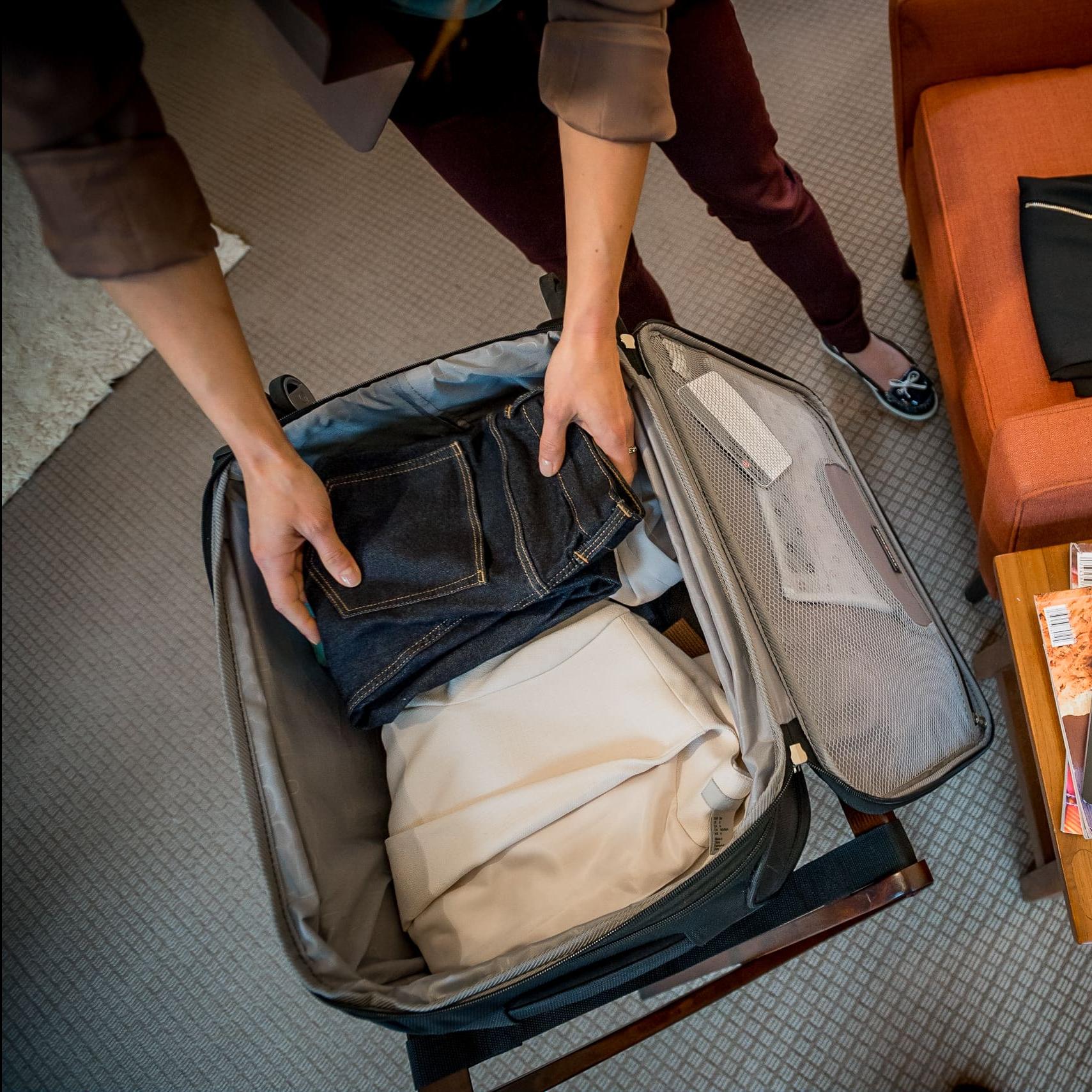Connecting Your Travel and Expense Data
While business travel is booming, it’s not without its challenges.
A few years ago, to book business travel, employees called a corporate agency and everything ran through an approved system. Today, employees get an offer from their favourite hotel, so they book it. They find a better seat on a different airline (without negotiated rates), so they book it.
Employees are inundated with offers from dozens of travel sites and suppliers, and they forget (or neglect) to book it through your corporate booking tool. Without this data, you don’t know where they are, where they’re going, how they’re getting there or what they’re spending.
If you want to tackle the problem, look at your current setup and ask yourself these three things:
- Does your travel solution connect to your existing systems? By combining your travel programme with your expense programme, you’ll get a more accurate view. When you’re connected, and you capture every itinerary, you can also make better spending decisions.
- Does it connect to supplier data? When you’re connected to airlines, hotels and other suppliers - and you can capture bookings made outside your booking tool - you can view and manage every type of spending wherever and whenever it’s booked.
- Can you connect to third-party applications? By allowing your programme to integrate with apps that manage mobile charges, tackle taxes and offer regulatory guidance, you can improve compliance and find new ways to save. Plus, you can give employees trackable access to the apps they already use.
With a unified travel and expense solution, you can get the data you need to make informed decisions, negotiate effectively with suppliers and manage company policies. Plus, you’ll always know where all your employees are to manage duty of care more effectively.
Is your travel and expense solution disconnected? Use our guide to find out.
